The Soviet Union's Evaluation Of Captured US M60 Machine Guns

During the Vietnam War, the Soviet Union played a critical role in supporting North Vietnam's revolutionary fight against the United States and South Vietnam. The Soviet Union’s involvement was primarily defined by providing aid to a like-minded nation with the means to defend itself. It provided everything from food and medical aid to firearms and advanced weaponry, military training, and intelligence collaboration.
Perhaps one of the most strategically important aspects of Soviet involvement in Vietnam was the systematic collection of U.S. weapons, equipment, and technology for analysis and asses. Anything of value was carefully extracted and eventually shipped to the Soviet Union for further study. This information proved invaluable in the USSR's efforts to develop countermeasures and improve its own military technologies.
Soviet Aid
Soviet military assistance to North Vietnam began modestly in the late 1950s with leftover World War II weapons but expanded significantly over time, especially following the escalation of the Vietnam War. A pivotal moment came in March 1965, when the United States deployed its first large-scale combat troops to South Vietnam, landing 3,500 U.S. Marines at Da Nang. In response to this direct American military involvement, the Democratic Republic of Vietnam sent a delegation to Moscow requesting emergency military assistance. The Soviet Union dramatically increased its support to the Democratic Republic of Vietnam (North Vietnam). This aid included small arms, artillery, surface-to-air missiles, aircraft, radar systems, logistical equipment, and intelligence. The influx of Soviet aid, weaponry, and intelligence played a crucial role in bolstering North Vietnam’s military capabilities throughout the conflict, reinforcing their resistance against U.S. and South Vietnamese forces.
The Gun
The M60 was officially adopted by the U.S. Army as the standard general-purpose machine gun (GPMG) under the designation "M60 Machine Gun, 7.62mm" in 1957, nicknamed the Pig for its 23lbs (10.5kg) weight. This was the same time US advisers were heading over to Vietnam to help organize and train South Vietnam’s armed forces. The M60 replaced the M1919 machine gun in U.S. service and marked the United States' first adoption of the general-purpose machine gun concept. It was designed for use by individual infantrymen or gun teams and could be mounted on a wide range of platforms, including vehicles and aircraft. And it was the first US machine gun chambered for the new 7.62x51mm cartridge just adopted in 1954.
Captured US weapons, “bring me the gun of Rambo”
A few years back, I found an exhibit of captured U.S. weapons from the Vietnam War, part of the TsNIITochMash collection, on display at the Kalashnikov Museum. As the conflict in Southeast Asia intensified in the 1960s, the Soviet mission in Vietnam expanded significantly. In cooperation with the People’s Army of Vietnam (PAVN) and the National Liberation Front of South Vietnam, commonly called the NVA (North Vietnamese Army) and VC (Viet Cong), would show the Soviet advisers intelligence officers what they captured. One unique find is for the M60. Tthe VC reportedly had a unique name for the US M60 machine gun; they called it "Đại liên đuôi cá" (Fish-tailed heavy machine gun), due to the fish-like shape of the stock.
One important focus was the collection of American weapons and technology obtained from battlefield recoveries and transfers. Soviet intelligence presence in Vietnam increased as more American advisors were sent to South Vietnam. According to dated NII-61 TsNIITochMash documentation and photographs, the Soviet Union acquired an unknown number of U.S. M60 machine guns with photos dated 1962. They may have been acquired from US advisors or from UH-1 helicopters sent over in 1961 to support South Vietnam in the early stages of the War.
The Soviets thoroughly evaluated foreign weapons to compare them against their own systems, assessing factors such as reliability, rate of fire, ease of maintenance, and battlefield effectiveness. Insights gained from studying Western weapons sometimes influenced Soviet design decisions. For example, the M60 inspired the adoption of a long flash hider in the design of the PKM machine gun. These tests were conducted in 1962-63 at NII-61 and the Leningrad Research Artillery Proving Ground. The stock flip-up shoulder stop was also noted to have inspired the PKM stock, as the PK had no shoulder stop.
Other features, such as a mechanical buffer assembly tested in the PKM prototype, were ultimately dropped as they were deemed unnecessary for the Kalashnikov design. An adjustable bipod, developed based on the M60 bipod, was dropped for simplicity. Lastly, a canvas ammunition bag was made, though it was dropped because the ammunition belt was said to have been getting caught during feeding.
The M122 tripods, traverse, and elevation mechanisms were also noted. However, it remains only a minor footnote in the records and a missed opportunity to actually give the PKM tripod enough and easy adjustability for course and fine adjustments.
Conclusion
The Vietnam War provided the Soviet Union with a valuable proxy battlefield in its global competition with the United States. Through a combination of military support, intelligence gathering, and technological exploitation, the USSR managed to extract long-term strategic value from its involvement in North Vietnam. The collection of captured U.S. weapons and the extensive analysis of American military tactics helped inform Soviet defense planning for decades, influencing everything from aircraft design to electronic warfare systems. Though often overshadowed by the more visible roles of North Vietnam and the U.S., the Soviet Union’s behind-the-scenes contributions were a crucial factor in the conflict's dynamics and the broader chessboard of the Cold War.

Lynndon Schooler is an open-source weapons intelligence professional with a background as an infantryman in the US Army. His experience includes working as a gunsmith and production manager in firearm manufacturing, as well as serving as an armorer, consultant, and instructor in nonstandard weapons. His articles have been published in Small Arms Review and the Small Arms Defence Journal. https://www.instagram.com/lynndons
More by Lynndon Schooler
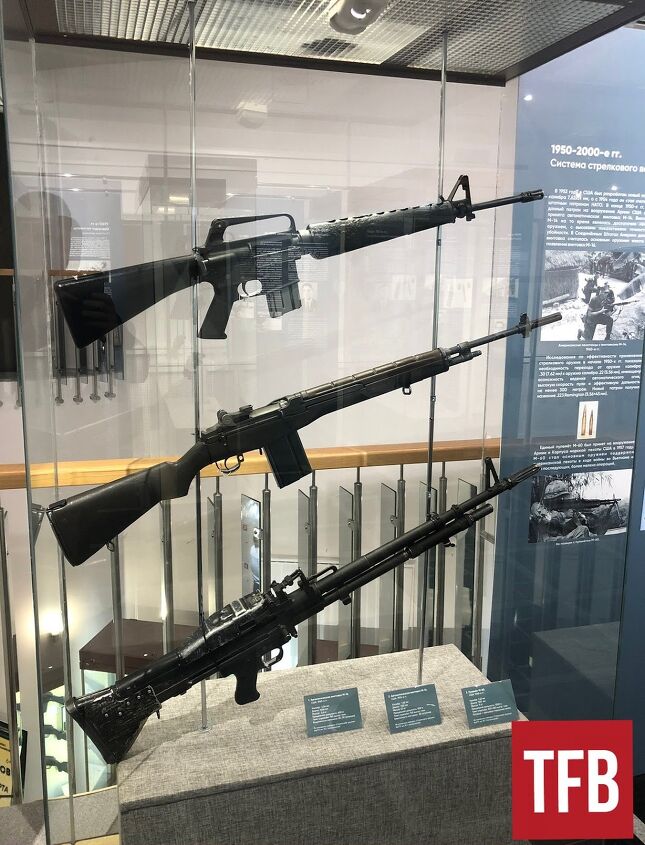
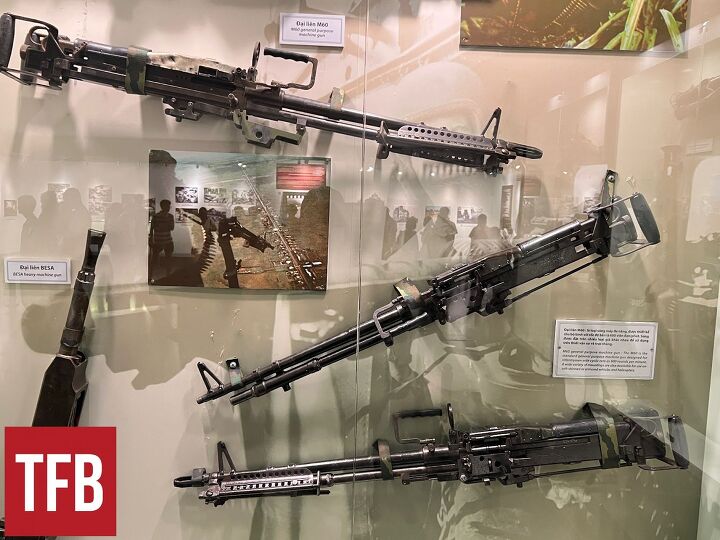





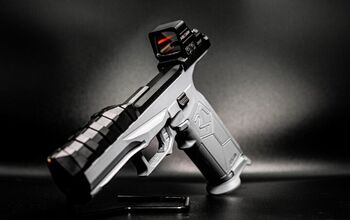
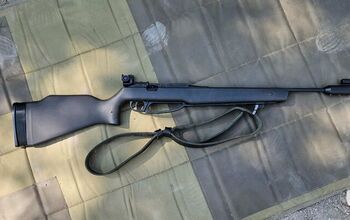

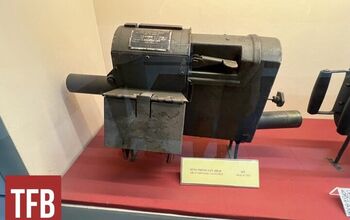
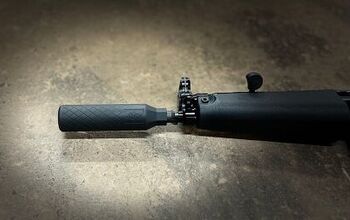
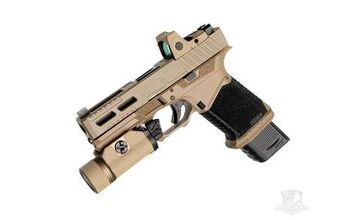




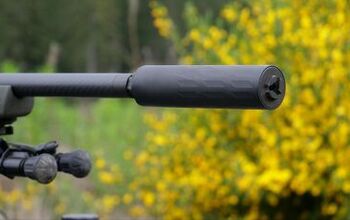





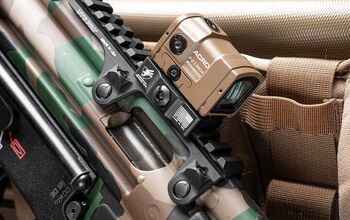
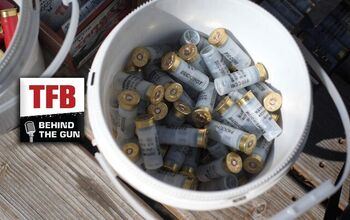
Comments
Join the conversation
I would imagine this vey thing is happening in Ukraine right now as the Russians are getting hands on things given to Ukraine and we're getting up close hands on, and operational evaluation of Russia's hardware, as well as what Ukraine is developing to counter Russia's recent innovations!
Telegram @autlubhere read the story of How I Bought xanax in Norway.
I lead a rather simple life. I live in Ovre Holmegate, in a 4-room apartment with an indoor heated pool. My life isn't luxurious, even though I earn around 12,500,000 kr a year. Yes, not bad, I know, but soon my life will take a turn that will change it forever. My life is rather routine. I drink little, I never smoke, however, I had to smoke Marijuana at university. Continue reading on Telegram @autlubhere and you'll find out how I bought MDMA in Stavanger.